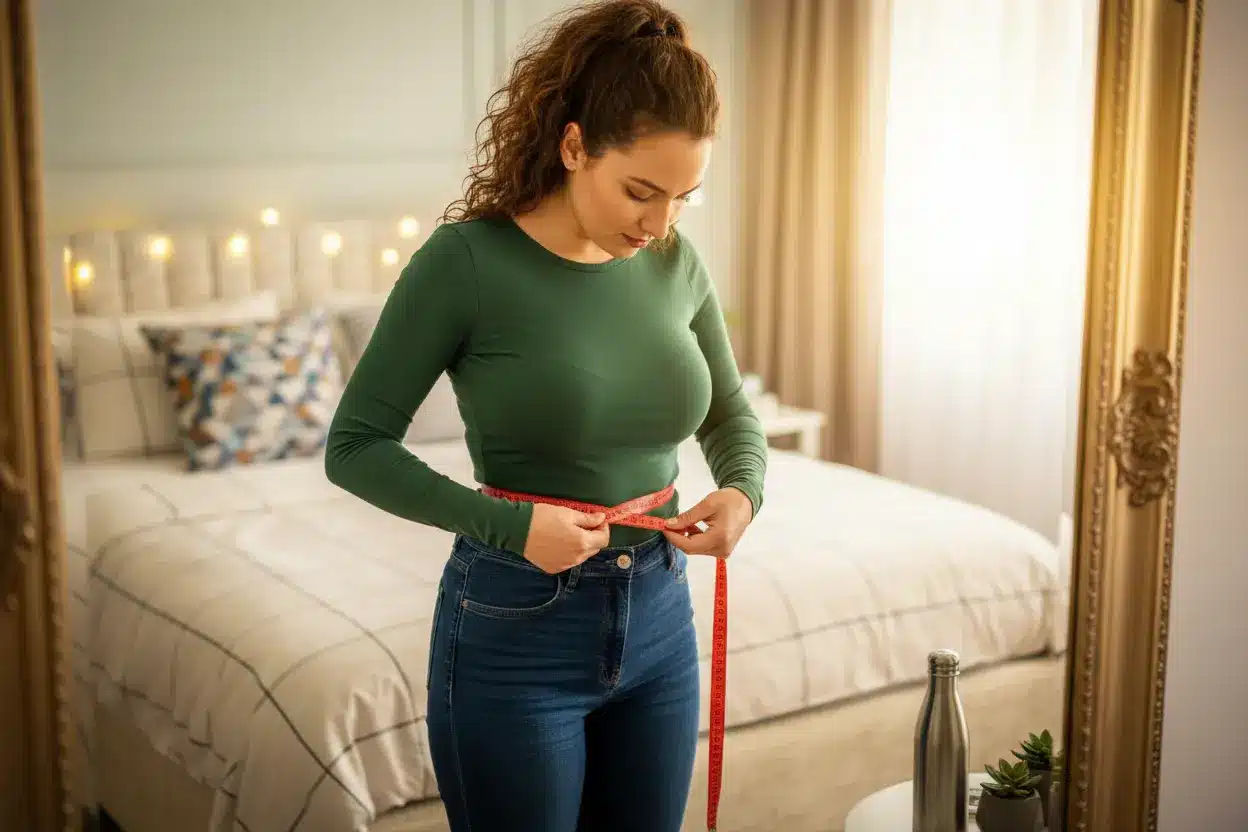Think Botox is the only ticket to youthful skin? Think again. There’s a quieter (and let’s admit, crunchier) hero sweeping across the skincare scene: flax seeds. Boasting serious health cred when eaten, these little powerhouses have now burst onto the beauty radar, racking up over 48 million views on TikTok with the #flaxseedmask. But are flax seeds truly making dermatologists question everything they knew—or is this just another social media craze? Let’s dig into the gel and see what the fuss is about.
From Breakfast Bowl to Beauty Must-Have
Flax seeds haven’t only found their groove in smoothies and oatmeal; they’re now a go-to for skin enthusiasts hunting for natural remedies. At the beating heart of this buzz is the flax seed face mask, a user-generated hit, especially on TikTok, where enthusiasts chase after fewer acne flare-ups, dewier complexions, and a shot at fewer wrinkles. If you’ve ever scrolled past someone slathered in what looks suspiciously like pudding on their face, you’ve officially entered the flax seed mask era.
You may wonder: Why flax seeds? These seeds are loaded with essential fatty acids, and, more specifically, omega-3s—essential for skin that looks and feels healthy. Once mixed with water, flax seeds become a gel with a soothing, anti-inflammatory potential when applied as a mask. This simple concoction offers a host of topical benefits that might make you reconsider your next trip to the aesthetic clinic.
Why These Tiny Seeds Are Causing Such a Stir
So, let’s break it down—what actually happens when you put flax seed gel on your face?
- Soothing and Calming: The gel reduces redness and irritation thanks to anti-inflammatory properties. Your skin may just thank you with a soft sigh of relief.
- Antioxidant Action: Flax seeds are brimming with antioxidants, ready to go to battle with free radicals (the culprits behind aging). This natural defense helps slow down the visible signs of aging.
- Enhanced Skin Elasticity: The mask helps tighten things up, making fine lines appear less pronounced.
- Intense Hydration: Forget tight, flaky skin. The hydration boost can leave your complexion looking plumper and more vibrant.
But—before you toss your Botox appointment for a bag of seeds—it’s important to be real: flax seeds offer lots of skin benefits, but they won’t copy the dramatic effects of Botox. Botox works by temporarily relaxing muscle activity in your face, erasing expression lines and wrinkles in a way no topical mask can rival. So don’t expect a total freeze-frame, but do expect a friendlier, fresher look over time.
The Natural Alternative: Real Results, No Needles
Fans of flax seed masks claim that with regular use, their skin is not only more radiant but also smoother. Incorporating flax seeds into your routine may not turn back the clock overnight, but it’s a rewarding step if you lean toward a more natural approach. The beauty of this method is how gentle and cost-effective it truly is. Instead of shelling out for pricey treatments, you’re mixing up a DIY gel that checks a lot of the skincare need boxes—glow, hydration, and elasticity.
Botox remains the all-star for those after fast and dramatic anti-aging results, but flax seeds now stand as an enticing option for people who want skincare with a holistic twist. If you struggle with dryness, redness, or those early, creeping signs of aging, flax seeds could be your skin’s new best friend. And hey, if they also happen to work as breakfast, who’s complaining?
Thinking of Trying Flax Seeds? Here’s a Friendly Tip
If you’re ready to slather on some flax-based goodness, just remember: every skin type is unique. It’s wise to consult a skincare professional before going all-in, especially if your skin is sensitive or you have concerns about new ingredients.
With all that in mind, there’s no harm in experimenting safely—who knows, flax seeds might soon find a permanent home in your beauty regimen. You could be on your way to skin that’s naturally nourished, vibrantly healthy, and far away from needles and high prices. The journey to glowing skin doesn’t always require a trip to the clinic; sometimes, it starts right in your pantry.

John is a curious mind who loves to write about diverse topics. Passionate about sharing his thoughts and perspectives, he enjoys sparking conversations and encouraging discovery. For him, every subject is an invitation to discuss and learn.






